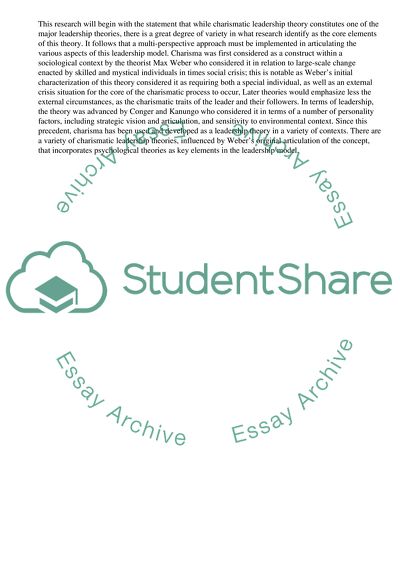Cite this document
(“Charismatic Leadership Theory Essay Example | Topics and Well Written Essays - 1500 words”, n.d.)
Charismatic Leadership Theory Essay Example | Topics and Well Written Essays - 1500 words. Retrieved from https://studentshare.org/business/1570533-charismatic-leadership-theory
Charismatic Leadership Theory Essay Example | Topics and Well Written Essays - 1500 words. Retrieved from https://studentshare.org/business/1570533-charismatic-leadership-theory
(Charismatic Leadership Theory Essay Example | Topics and Well Written Essays - 1500 Words)
Charismatic Leadership Theory Essay Example | Topics and Well Written Essays - 1500 Words. https://studentshare.org/business/1570533-charismatic-leadership-theory.
Charismatic Leadership Theory Essay Example | Topics and Well Written Essays - 1500 Words. https://studentshare.org/business/1570533-charismatic-leadership-theory.
“Charismatic Leadership Theory Essay Example | Topics and Well Written Essays - 1500 Words”, n.d. https://studentshare.org/business/1570533-charismatic-leadership-theory.


